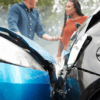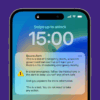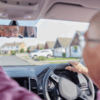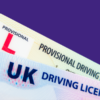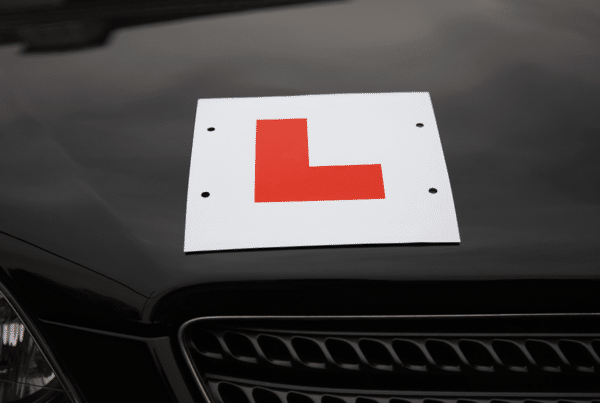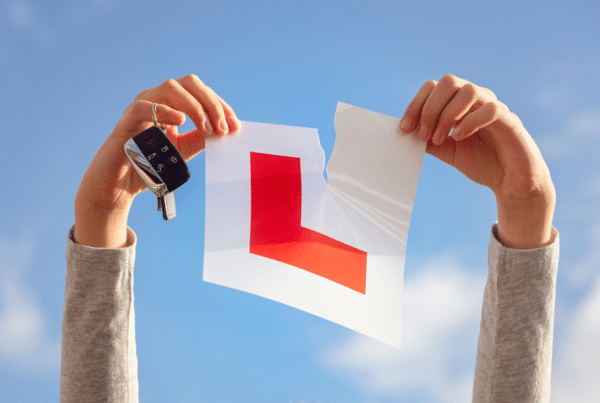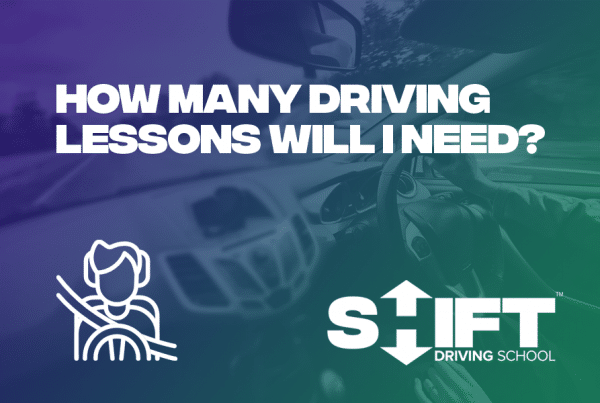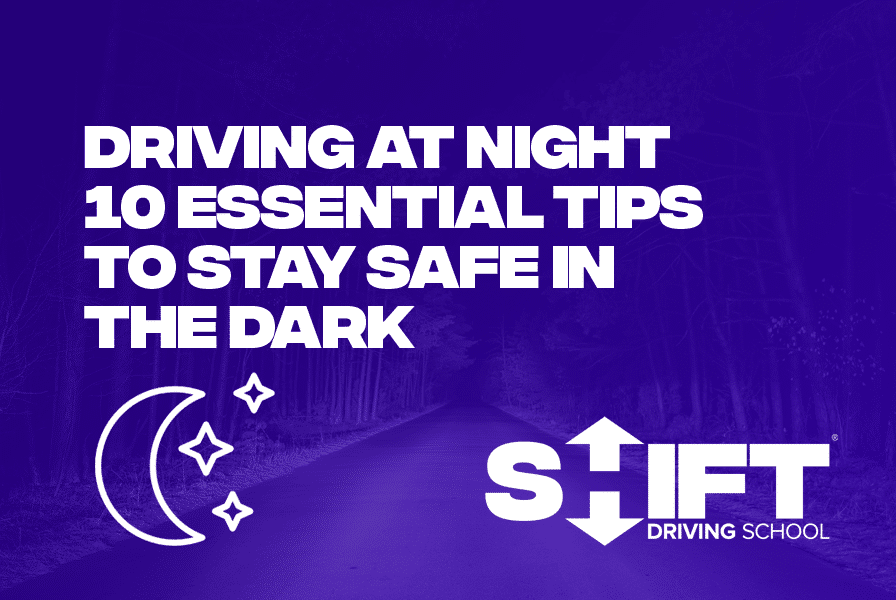
Driving at night is a whole different game from daytime driving. With the clocks just going back, it’s already dark by 5 pm (who thought that was a good idea?). From blinding headlights to potholes that seem to appear out of nowhere, night driving keeps you on your toes. As the long, dark evenings settle in, here’s your guide to staying safe and sharp on the road.
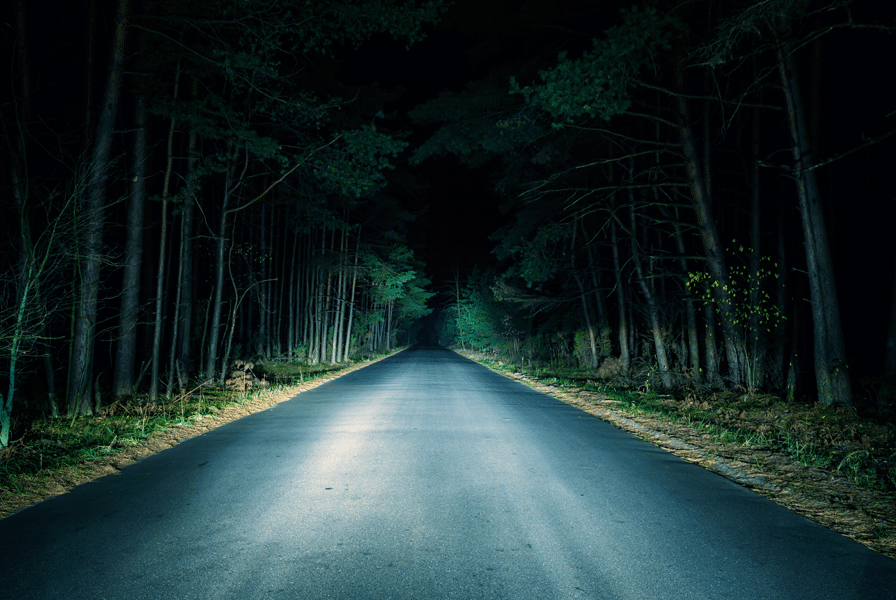
1. Light Up Your Path – Use Your Headlights Wisely
Dipped and Full Beam: When it gets dark, it’s time to bring out the headlights, but how you use them matters. In town, keep your lights on dipped beam to avoid dazzling oncoming drivers. Switch to full beam on rural or unlit roads but dip them again as soon as another vehicle is in sight.
Check Your Bulbs Regularly: Don’t wait for a dark night to find out a headlight’s gone! Check all your lights (yes, including indicators and brake lights) regularly to ensure you’re both safe and legally compliant for driving at night.
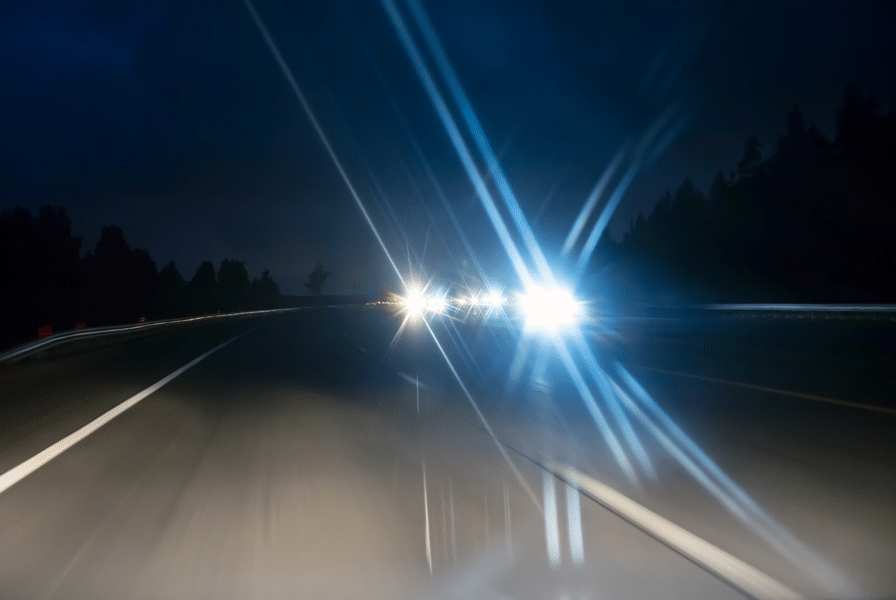
2. Avoid Staring into the Abyss (or Oncoming Headlights)
Looking straight at the headlights of oncoming cars can temporarily blind you, so shift your gaze to the left edge of the road and follow the white line. Trust us, your eyes will thank you, and you’ll keep that night vision intact.
Bonus Tip: If a driver behind you has dazzling headlights, flip your rearview mirror to its anti-dazzle setting (that little tab at the bottom of the mirror). Modern cars often have automatic dimming mirrors — lucky you!
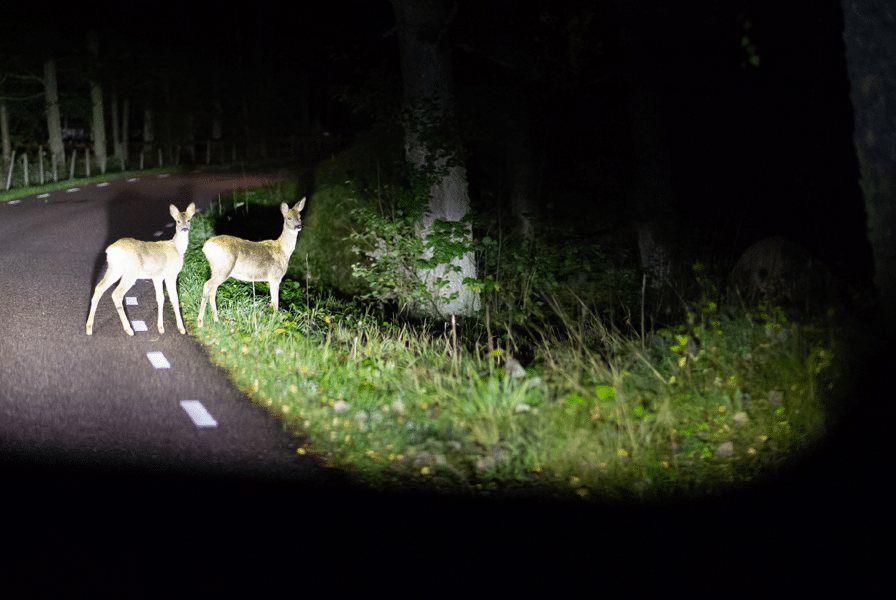
3. Stay Alert for Nighttime Surprises
Animals and Potholes: Country roads are prime territory for nocturnal animals darting across the road. Slow down and keep a sharp eye out for movement. And beware of potholes lurking in the shadows — they’re not just a daylight hazard!
Pedestrians and Cyclists: Pedestrians can be almost invisible whilst driving at night, especially in poorly lit areas. Take it easy near schools and residential areas, and be cautious of cyclists who might not have reflective gear.
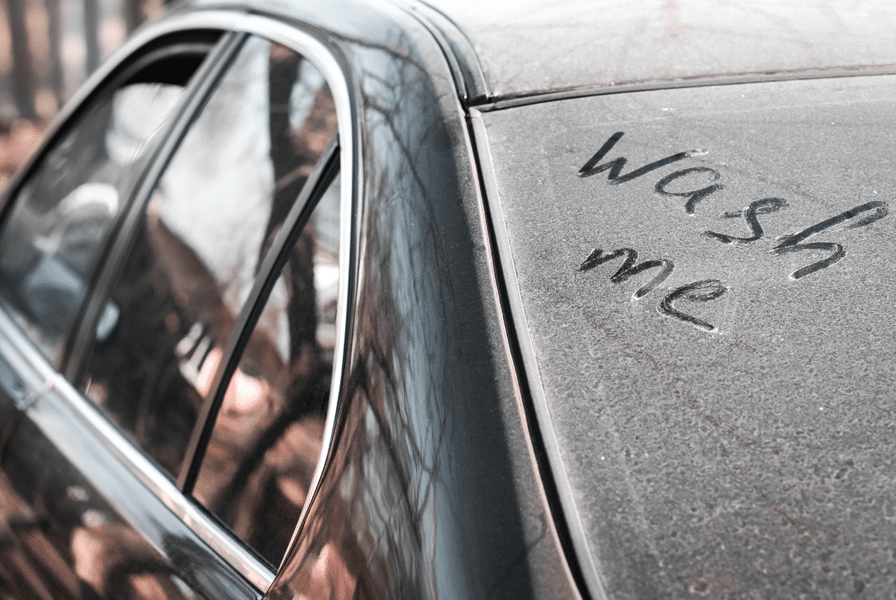
4. Keep Your Car Clean for Clear Visibility
Clean Windows and Mirrors: Dirty windows can amplify glare from other headlights, so keep them spotless. Inside and out! Also, make sure your mirrors are clear — that buildup of dust and fingerprints isn’t helping.
Headlight Hygiene: Grime-covered headlights reduce visibility, so give them a clean every once in a while. It’ll improve your lighting and make you easier to spot.
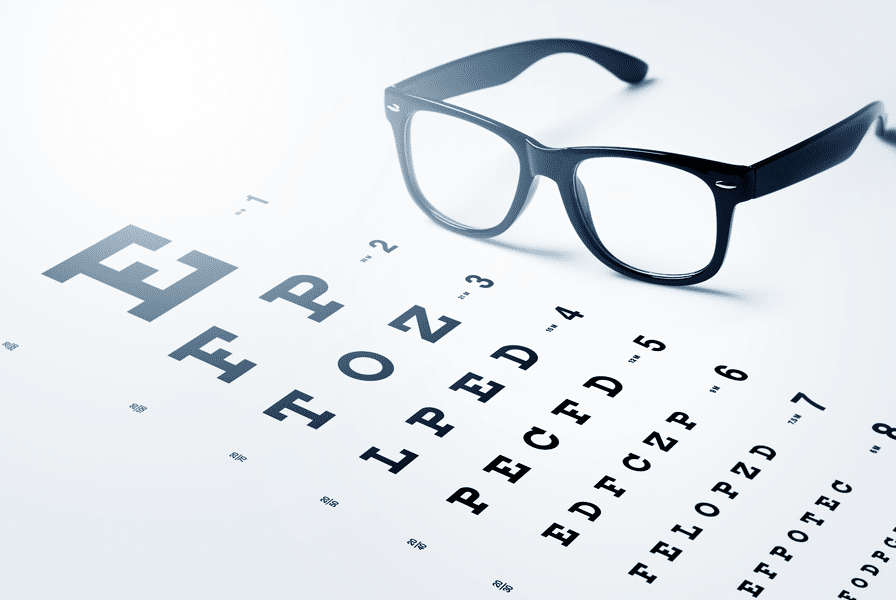
5. Get Your Eyes Tested – And Maybe Skip Those “Night Glasses”
If you’re struggling to see whilst driving at night time, it might be time for an eye test. Avoid wearing tinted or polarized glasses, as these can actually make it harder to see in low light. Instead, ask your optician about lenses with an anti-glare coating if headlights are a bother.
Those “night driving glasses”? Often just a gimmick, so be cautious about claims that they’ll improve night vision, plus, it’ll stop you being mistaken for U2’s Bono.
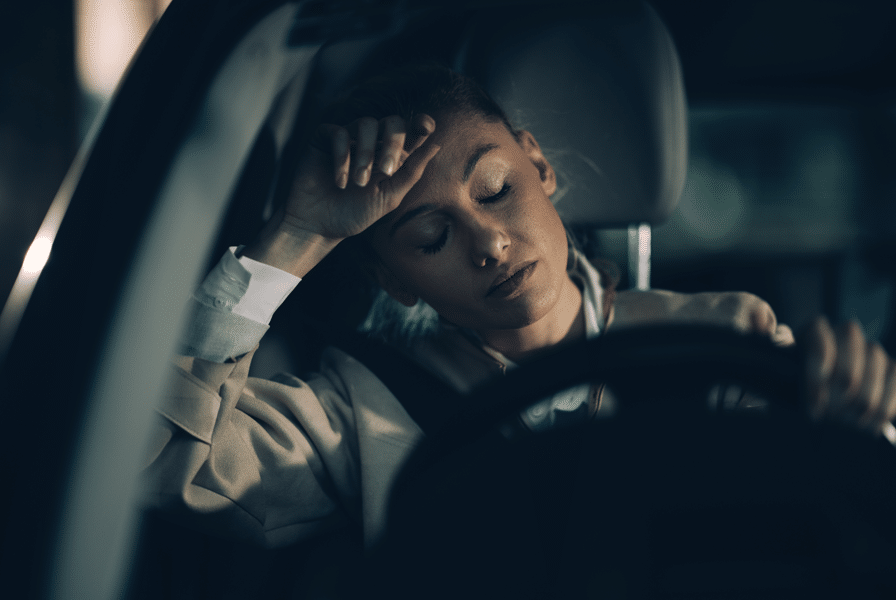
6. Avoid Fatigue – Rest is Best
Have you ever tried keeping your eyes open for Netflix and woke up 4 hours later? Well imagine that, but well, not waking up?
Driving at night can be draining, and fatigue is no joke. Schedule regular breaks if you’re in for a long drive. Even a quick stretch or a strong coffee can keep you alert and focused. Remember, tired driving can be as risky as driving under the influence.
Pro Tip: Avoid heavy meals before a long nighttime drive — that food coma can sneak up on you! Keeping the temperature cooler helps too.
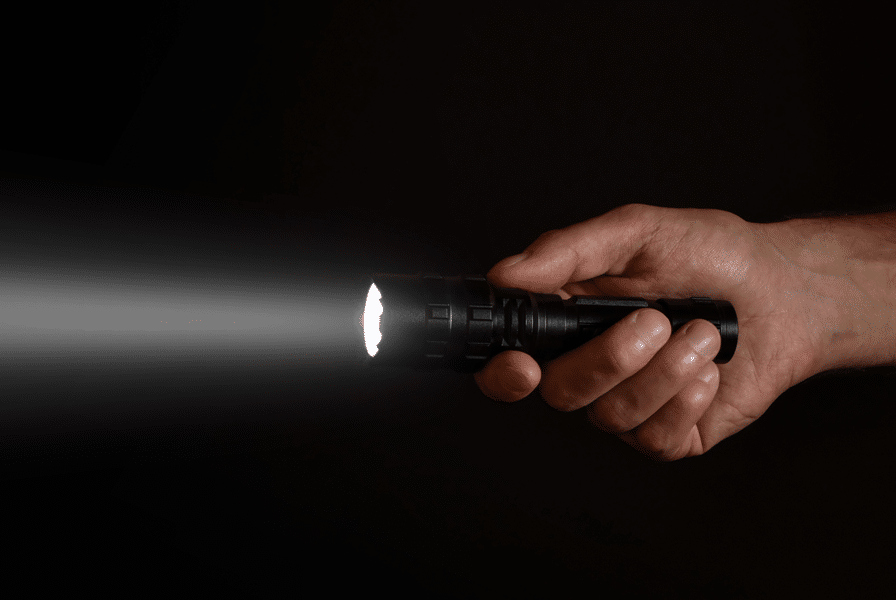
7. Be Prepared – Pack Some Nighttime Essentials
Torch and High-Vis Gear: If you break down whilst driving at night, a torch (or headlamp) is invaluable, and high-vis gear can make you more visible to other drivers. Cold nights call for a blanket in the boot, too, in case you’re stranded waiting for help.
Charged Phone: It’s also smart to keep your phone fully charged. An emergency kit with a breakdown triangle, high-visibility vest, and jump leads is ideal for those unexpected moments.
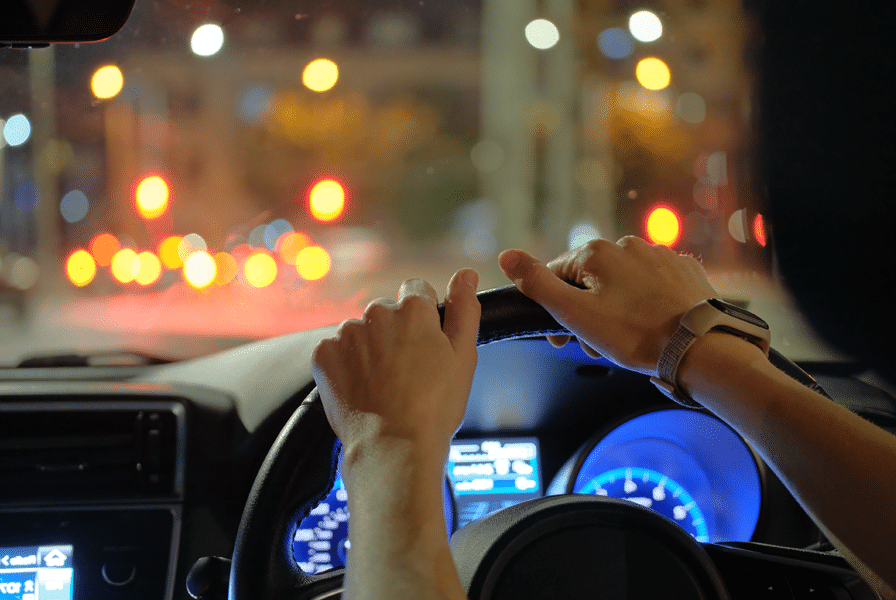
8. Know the Road – Adjust Speed for Low Visibility
With limited sight, it’s tempting to go slower than usual — and rightly so. Always drive within your field of vision; if you can’t see past your headlights, slow down. This gives you extra time to react to sudden obstacles, be it a deer, pothole, or curve in the road.
Avoid Overtaking: Night overtakes are trickier because bends or dips can hide oncoming cars. Be absolutely sure the road is clear before attempting it.
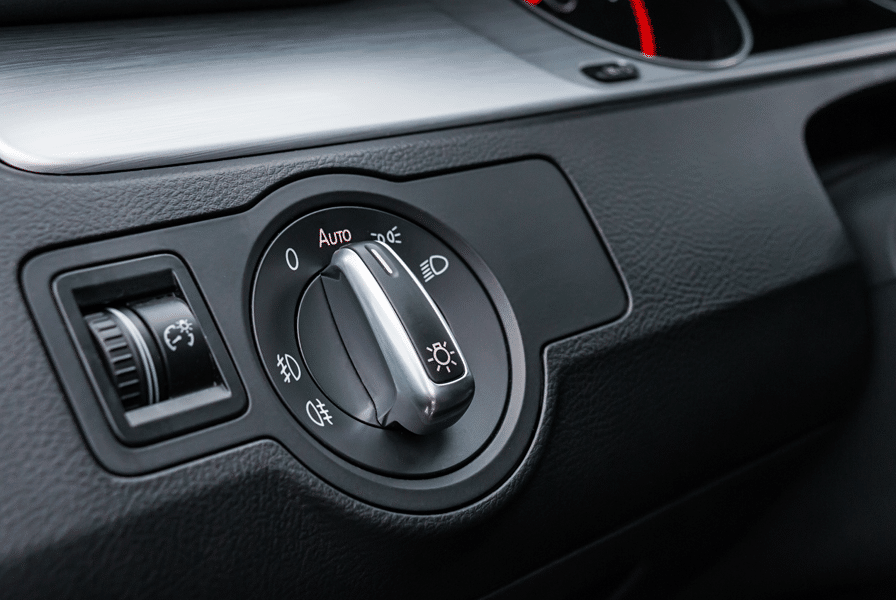
9. Dim Your Dashboard Lights
Bright dashboard lights can create reflections on the windshield and reduce your night vision. Adjust your dashboard brightness to a lower setting, which can help you focus better on the road ahead without distractions.
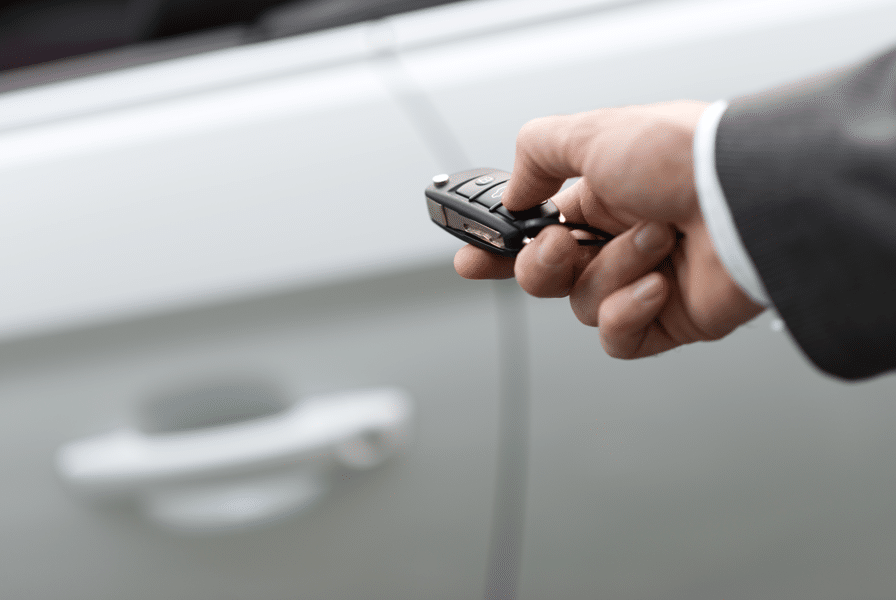
10. Know When to Call It a Night
Sometimes, the smartest move is knowing when to pull over. Heavy rain, fatigue, or overwhelming glare can make night driving too risky. Don’t hesitate to stop at a safe spot and wait until conditions improve. Your destination will still be there in the morning!
If driving at night still feels daunting, consider taking a few night time driving lessons or even a Pass Plus course. The extra confidence boost can make all the difference, and soon enough, you’ll be navigating those nighttime roads like a seasoned pro.

